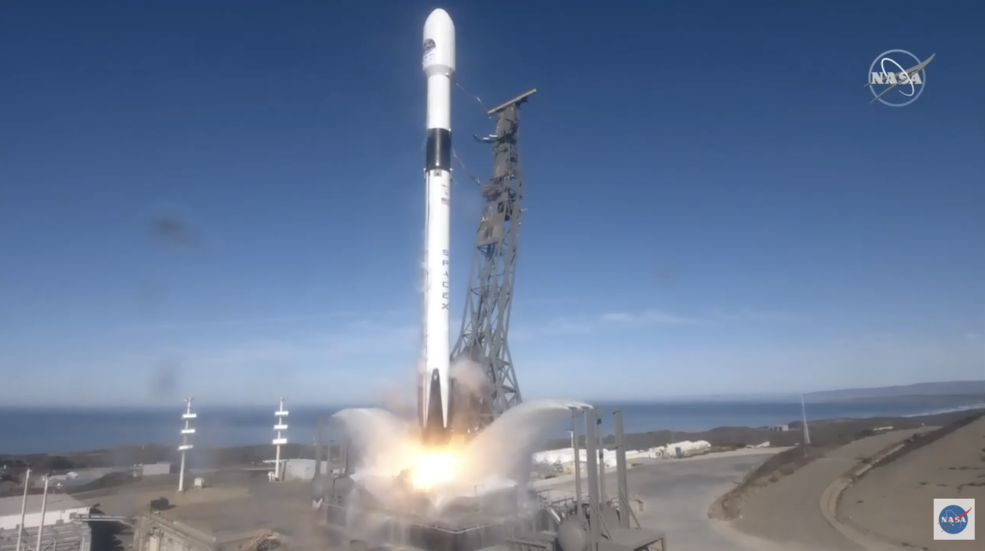
Ocean-Monitoring Satellite Sentinel-6 Michael Freilich launched at 9:17 a.m. PST on Nov. 21, 2020, from Space Launch Complex-4 at Vandenberg Air Force Base (VAFB) in California.
SpaceX Falcon 9 rocket carried the spacecraft. After successful separation in the first stage, the launch vehicle returned to Earth at VAFB.
As soon as the Sentinel-6 Michael Freilich satellite entered the orbit, it disengaged from the rocket’s second stage. And simultaneously, opened its pair of solar arrays.
Telemetry reports show the satellite is in good shape and in few months’ time, it’ll initiate gathering science data.
It is a joint effort of SpaceX, NASA, US, European Space Agency and the National Oceanic and Atmospheric Administration (NOAA) to monitor global ocean.
Sentinel-6 satellite echoes NASA’s mission
Although NASA is one of the collaborators, however, the mission represents the core foundation of the organisation. Jim Bridenstine, NASA Administrator added that whether it’s about finding new life in other planets like Mars or empowering farmers with agricultural data, or working towards assisting disasters programs, NASA will always partake in all activities that will impact humankind in improving lives across the globe.
Name of the spacecraft is kept after late Michael Freilich. He passed away Aug. 5, 2020. He was the director of NASA’s Earth Science Department.

Earth-observing satellite to record sea level measurements
Sentinel-6 Michael Freilich, the world’s latest Earth-observing satellite will start recording sea level measurements. The satellite is expected to beam back reports for a span of about five-and-a-half-year. However, it could provide data for far longer.
In this time frame, we will receive data mainly on the following areas:
- global sea level
- how climate change is directly responsible for accelerating oceans levels
- atmospheric temperature
- humidity
With this data, researchers will be able to predict weather forecasts and deduce climate models.
Rising sea levels will impact local communities
As per 1993 satellites tracking data, global sea level has increased by over three millimetres yearly. Lately, the rate has jumped to 5 mm per year.
Globally, 800m people resides within the periphery of five metres of sea level. Increase of water level even a few cm can directly impact more damage from high tides and storm surges.
Karen Germain, director of NASA’s Earth Science Division said, processes on earth that are disturbing the sea level will also affect local communities around the globe. Hence, international collaboration is important to understand and tackle these changes before it’s too late.
2 Earth-observation satellites
Sentinel-6a is the first of two identical satellites. Launch of the subsequent satellite is expected to be around 2025.
Each Sentinel-6 probe is equipped with radar altimeter. It’ll measure time taken by a radar beam to travel to ground, reflect, and return to the craft.
Similar missions over the last three decades were performed from the same orbital distance. These missions have successfully mapped nearly 95% of Earth’s ice-free ocean every ten days.

Takeaway
In an interesting move, NASA has invited public to participate in virtual activities and events ahead of the launch of the Sentinel-6 Michael Freilich satellite. Members can see the launch virtually and receive mission updates, privilege which was generally received for on-site guests.
I did participate in the virtual event. Please find the stamp above 🙂
Via: NASA Sentinel-6



